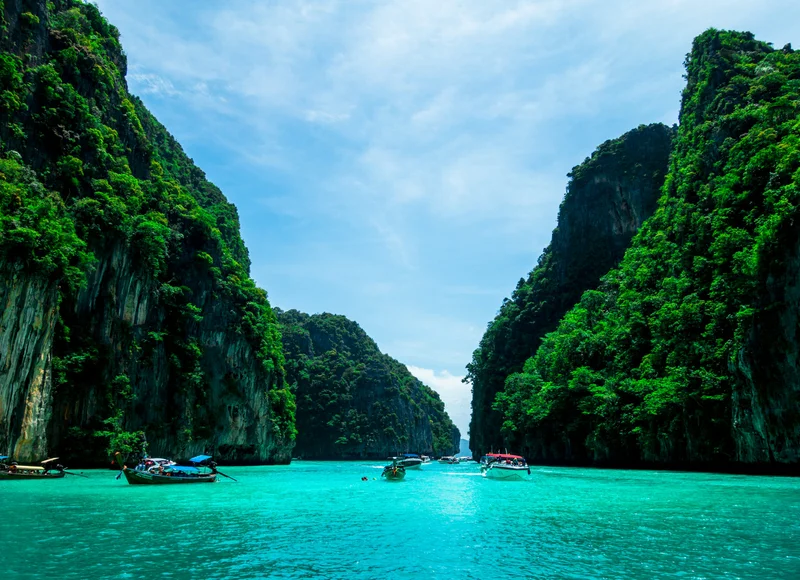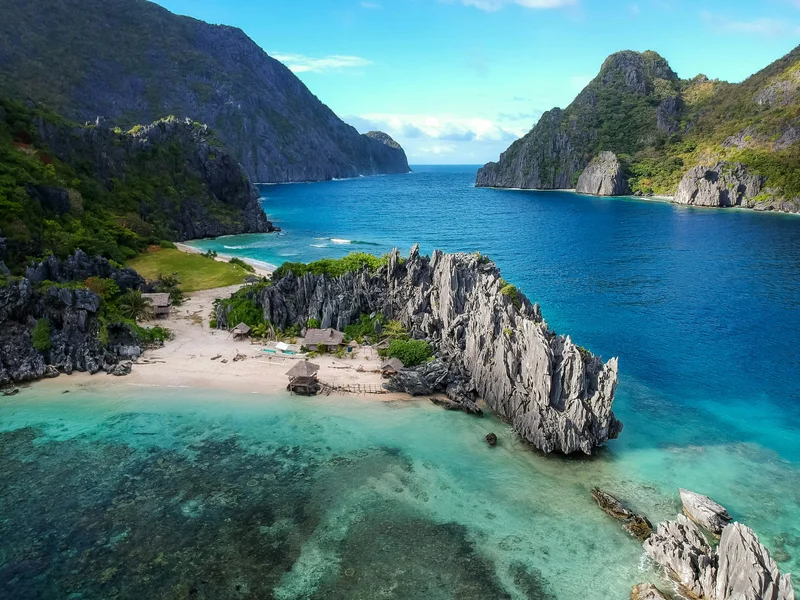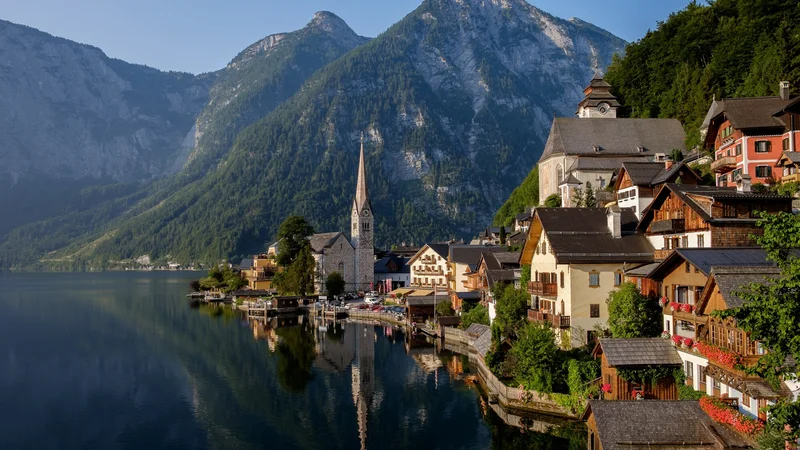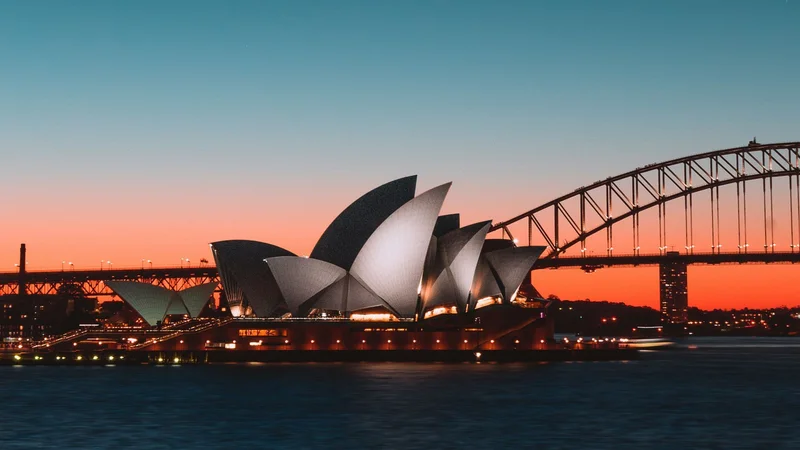Palawan Island Paradise: The Philippines' Last Frontier

Palawan, dubbed as the Philippines' "Last Frontier," stands as a pristine archipelago where emerald lagoons meet towering limestone cliffs, and pristine white beaches stretch endlessly under tropical skies. This UNESCO Biosphere Reserve offers travelers an authentic glimpse into untouched paradise while championing sustainable tourism practices.
Why Palawan Consistently Wins "World's Best Island"
International travel publications consistently rank Palawan as the world's best island destination. Its combination of biodiversity, geological wonders, and commitment to environmental protection creates an unparalleled tropical experience that feels both exclusive and authentic.
El Nido: Gateway to Paradise
El Nido serves as Palawan's crown jewel, where dramatic karst limestone formations create a maze of hidden lagoons and secret beaches. The Bacuit Archipelago's 45 islands offer endless exploration opportunities, from the famous Big Lagoon's cathedral-like chambers to the ethereal beauty of Hidden Beach accessible only through a narrow cave opening.
Essential El Nido Experiences
- • Island hopping through Bacuit Bay
- • Snorkeling in crystal-clear lagoons
- • Kayaking through limestone caves
- • Sunset watching from Nacpan Beach
Sustainable Tourism Tips
- • Choose eco-certified tour operators
- • Respect marine sanctuary rules
- • Use reef-safe sunscreen only
- • Support local communities
Underground River: Nature's Cathedral
The Puerto Princesa Subterranean River National Park harbors one of the world's longest underground rivers, carved through stunning limestone karst landscapes over millions of years. This UNESCO World Heritage site extends 8.2 kilometers underground, featuring spectacular rock formations and unique ecosystems that exist nowhere else on Earth.
Visitors embark on a mystical journey through cathedral-like chambers where stalactites and stalagmites create natural sculptures illuminated by headlamps. The underground river system supports diverse wildlife including fruit bats, swiftlets, and unique cave-dwelling species adapted to the perpetual darkness.
Coron: Wreck Diving Capital
Coron transforms Palawan's northern reaches into a world-class diving destination, where World War II shipwrecks rest beneath pristine waters. Twelve Japanese warships, sunk in 1944, now serve as artificial reefs teeming with marine life, creating underwater museums that attract divers from around the globe.
Top Wreck Diving Sites
Island Life & Cultural Heritage
Beyond natural wonders, Palawan preserves rich cultural traditions through indigenous communities like the Tagbanua and Batak peoples, who have sustainably managed these islands for centuries. Their traditional ecological knowledge continues to inform modern conservation efforts, ensuring Palawan's paradise remains protected for future generations.
Village homestays offer authentic cultural immersion, where visitors learn traditional fishing techniques, participate in community festivals, and understand how indigenous wisdom shapes environmental stewardship. These experiences create meaningful connections while directly supporting local livelihoods.
Planning Your Palawan Adventure
Palawan's vast expanse requires strategic planning to maximize your island paradise experience. The dry season from November to April offers ideal weather conditions, while the wet season provides fewer crowds and lush landscapes for adventurous travelers willing to embrace tropical rain showers.
Essential Travel Information
Discover More Paradise Islands
Get exclusive travel guides to the Philippines' hidden gems and sustainable tourism tips delivered to your inbox.







